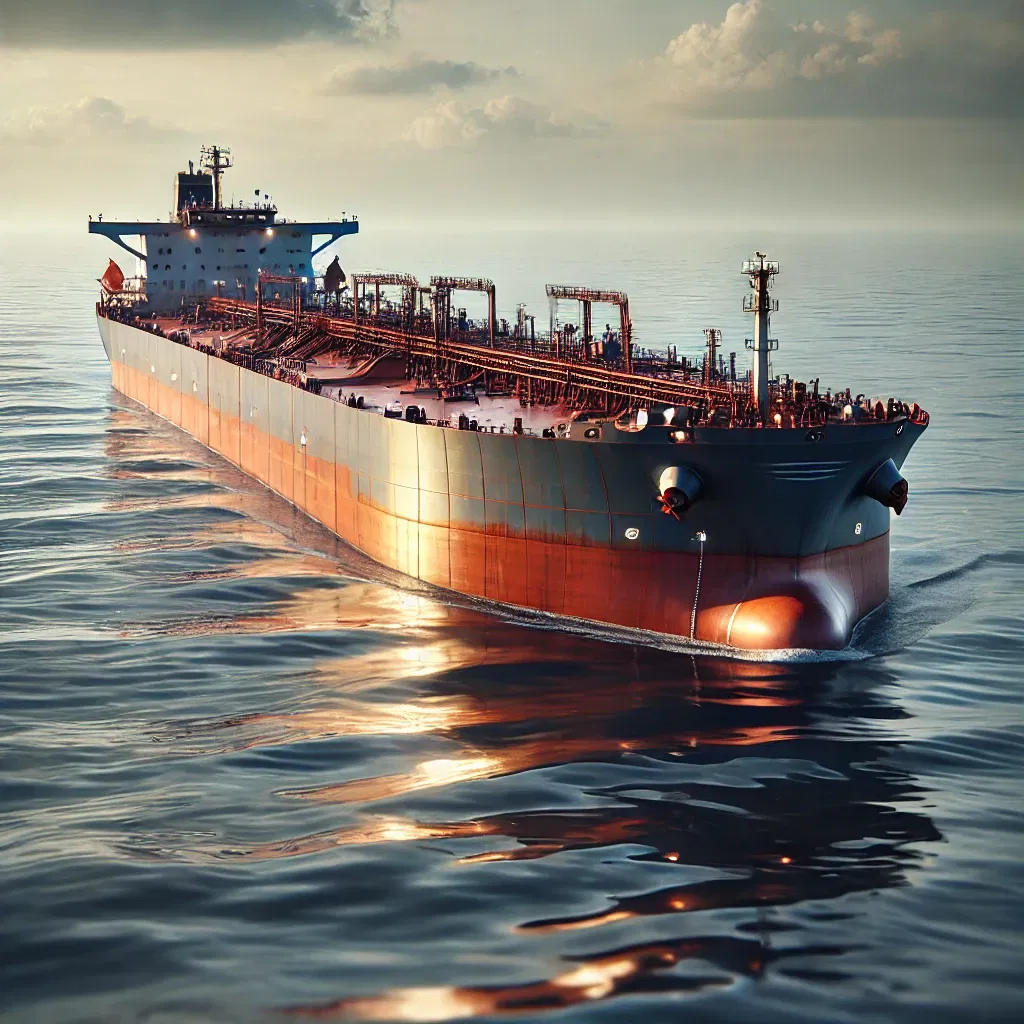It’s very hard to overstate just how obliterated the global economy was following World War II.
Europe was in ruins, with many major cities having been bombed back into the Stone Age. Japan had literally been nuked.
And just about every economy around the world that still had any manufacturing capacity was pumping out guns, bullets, and bombs; there was hardly any economic activity taking place that wasn’t somehow tied to the war.
It was sort of like Covid— the regular economy was shut down… and governments discovered very quickly that they couldn’t simply turn the global economic machine back on with the flip of a switch.
The transition from obliterated war economy to booming peacetime economy was an incredibly difficult one. So, in 1948, the United States (which was among the only developed major economies still standing) launched the Marshall Plan.
The idea was simple: America would shovel $13 billion (which, as a percentage of global GDP, is equivalent to around $5 trillion today) around the world to facilitate trade and economic redevelopment.
But alongside the financial aid came a promise: the US Navy would protect the seas, ensuring that the global flow of goods could continue unimpeded.
For decades, American naval dominance guaranteed a level of safety and stability that allowed international trade to thrive. Shipping routes were secured, costs remained low, and commerce could flow relatively uninterrupted across the world’s oceans.
The post-WWII era ushered in an unprecedented period of cooperation and prosperity, making international trade easier, faster, and more profitable.
But those calm seas are growing choppy again.
The war between Russia and Ukraine, for example, has drastically altered oil trade routes. Russian crude oil, which once flowed easily into Europe, is now making much longer journeys to places like India, where it’s refined and then sent back to Europe as diesel.
This convoluted, inefficient process is adding enormous strain and cost to shipping routes, increasing the “ton miles”, i.e. each mile that a ton of product must travel.
But this is just one example. In the Middle East, the Houthis in Yemen have launched attacks on vessels transiting the Red Sea, creating a new chokepoint in global shipping lanes. Pirates have increased their attacks in the area as well.
Many oil tankers are now rerouting entirely around the southern tip of Africa to avoid the Suez Canal, extending travel times significantly.
The further oil must go, the more tankers are needed. The problem is, these changes took place quite rapidly, yet shipbuilding is not an industry that can quickly respond to that demand.
Shipbuilding is a slow, capital-intensive process. And after years of underinvestment, there are hardly any new tankers being built. Shipyards are busy constructing other types of vessels, but the number of new oil tankers remains near record lows.
At the same time, a large chunk of the existing global fleet is over 20 years old, nearing the end of its lifespan. This imbalance is going to worsen before it gets better, leading to a serious shortage in oil tankers at the exact moment when the world needs them most.
The combination of more ton miles and fewer ships is creating a perfect storm in the tanker market.
This imbalance is inflationary. Both shipping and energy are core components of nearly every supply chain. Higher costs to transport oil mean higher costs for just about everything else we buy—from groceries to manufactured goods.
Climate fanatics can pretend that the world is ready to run off wind and solar, which is why they suppress investment in everything from new drilling, to transport ships. But the reality is, oil is still the most important energy source on earth.
Energy is a prime example of a real asset— a critical resource that keeps the economy going, and cannot be created out of thin air by governments and central banks.
And the shipping companies which transport that oil are real asset businesses… which is why we have been following this industry closely.
One company in particular that we told subscribers about in our premium investment research stands out as being uniquely positioned to capitalize on these trends.
It has a fleet of 82 ships, with an average age of just over 10 years, meaning they have plenty of life left. They can also continue to benefit from the shortage of ships as long as it lasts— which we know from the global orderbook for new ships, will be several years at least.
But this also means the company won’t have to spend huge amounts of capital in the near future buying new ships. And already, it carries little debt… yet still pays around a 12% dividend.
Again, in addition to the dynamics of debt, deficits, and dysfunction in the US government which promise to increase inflation, global conflict is also inflationary.
This is another example of the real asset companies not only poised to do well in an inflationary world, but that are also trading near historic low valuations.
This shipping company, for example, is trading at a P/E (price to earnings) ratio of just 4.44.
While we can wish all we want that the world was not becoming less cooperative, that won’t change the reality. Better to position ourselves to benefit under these conditions, by investing in companies that actually gain from that disorder.
We’ve talked a lot about this same dynamic when it comes to gold, and why central banks around the world are turning to it, and away from the US dollar.
We also talked about it recently in relation to how the prices of certain critical metals have been artificially suppressed by climate fanatics who think the days of gas vehicles are past. They are wrong.
The best way to fight back, while inflation-proofing your future, is to invest in critical real asset companies at historic lows.








